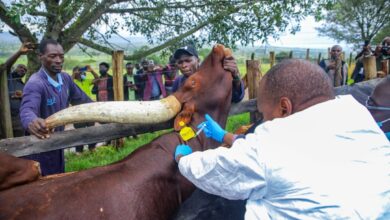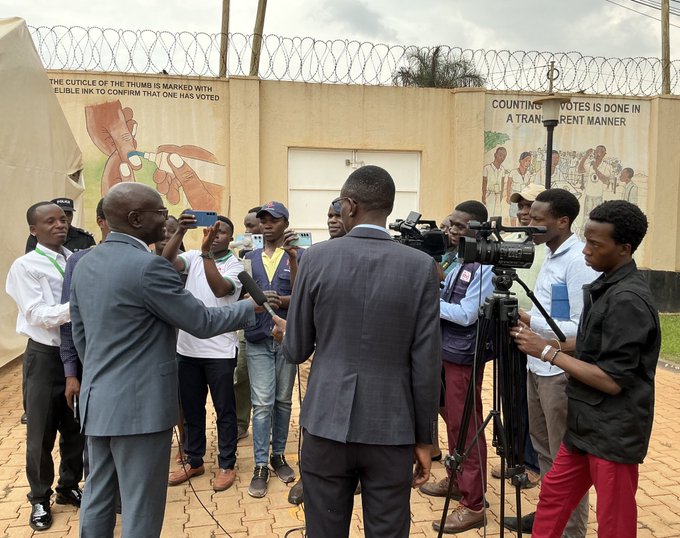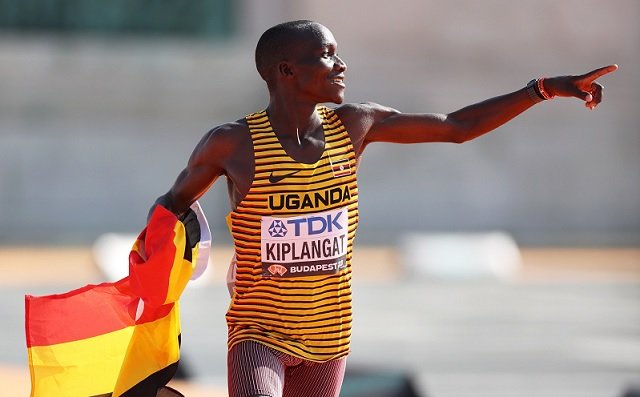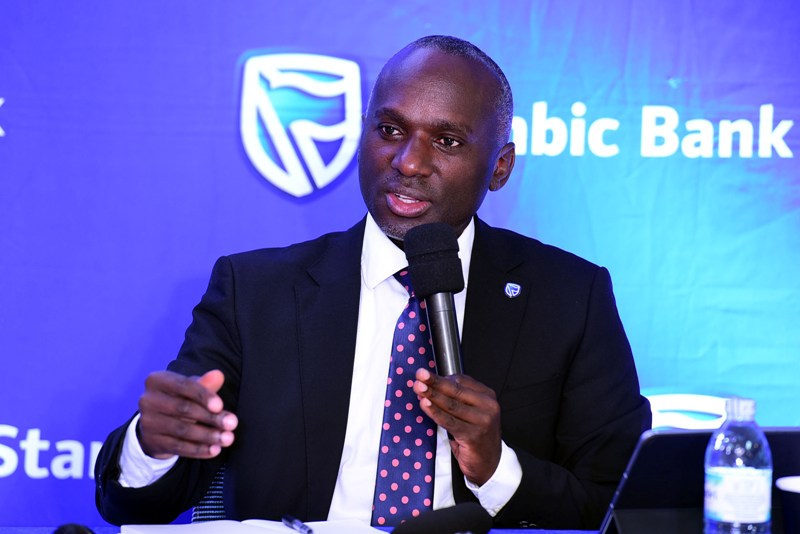M23 still holds position in NE DR Congo despite ultimatum for their withdrawal
At least 200,000 people have fled their homes due to the fighting between the army and the M23 rebels, according to the United Nations.

Rebels of the March 23 Movement (M23) rebels are still not withdrawing from occupied areas in northeastern Democratic Republic of the Congo (DRC), despite the ultimatum by Kinshasa demanding their withdrawal, observed Xinhua correspondent on the spot.
With fighting still escalating between the rebels and the Congolese army, the DRC is counting on the diplomatic channel to bring peace, with in particular the third phase of talks since Monday in Nairobi, bringing several active armed groups to the negotiation table except for the M23.
M23 GIVEN ULTIMATUM
Since May 2022, M23 rebels have occupied several villages in DRC’s northeastern province of North Kivu. Last week, the M23 and the Congolese army clashed in Kibumba, located about 20km from Goma, the capital of North Kivu and the largest city in eastern DRC.
These clashes, during which sounds of heavy and light weapons had been heard in the outskirts of Goma, caused panic in the sites of the displaced, pushing thousands of asylum seekers to flee toward the city.
On November 23, a mini-summit in Luanda, the capital of Angola, which Congolese President Felix Tshisekedi also took part in, set a timetable that demanded an immediate ceasefire and above all an ultimatum asking the M23 rebels to leave the occupied areas in order to allow a diplomatic solution to the ongoing crisis.
NO SIGN OF WITHDRAWAL
However, the ultimatum has still not borne fruit, noted Xinhua correspondent on the spot from Kibumba.
“They are there right in front of us because they did not comply with the order to withdraw, and we are watching each other day and night. The ceasefire is very fragile until then, but we are holding our position in accordance with the request of our hierarchy to obey the recommendations of the authorities of the region,” Ndjike Kaiko, spokesman for the army in the region, told Xinhua.
At the entrance to Kibumba, several soldiers are deployed with the special mission to prevent the advance of the rebels on Goma. Barely a week ago, fighting raged again over this position as the rebels attempted to advance into Goma.
“We are ready for any eventuality on this line which is considered the main lock that leads to the city of Goma. These rebels do not listen to the diplomatic voice, they only want to fight, and for that, as the army, we are there to protect our country against the invaders,” said an officer based at the limit of the rebel zones.
The Luanda summit added that if the M23 rebels refused to withdraw, the East African regional force deployed in Goma would “use force to push them into submission”.
M23-FREE TALKS
Since Monday in Nairobi, talks between armed groups and the DRC authorities have resumed under the aegis of the mediator of the East African Community (EAC), former Kenyan President Uhuru Kenyatta, to put an end to the cycle of violence and restore peace and security in this part of the DRC.
Several representatives of the region’s militiamen made the trip to take part in these meetings, except for the M23 rebels who were not invited at the request of the DRC authorities, who earlier demanded their withdrawal from the areas under their occupation.
“There will be no dialogue with the M23 if it (M23) does not withdraw from Congolese soil,” the Congolese Minister of Communication and Media, government spokesman, Patrick Muyaya, insisted on Monday in Kinshasa.
M23 military spokesman Willy Ngoma, however, said that “no withdrawal program is on the agenda in the occupied areas,” noting that “only a direct and sincere dialogue will resolve the ongoing crisis in the region.”
At least 200,000 people have fled their homes due to the fighting between the army and the M23 rebels, according to the United Nations.







